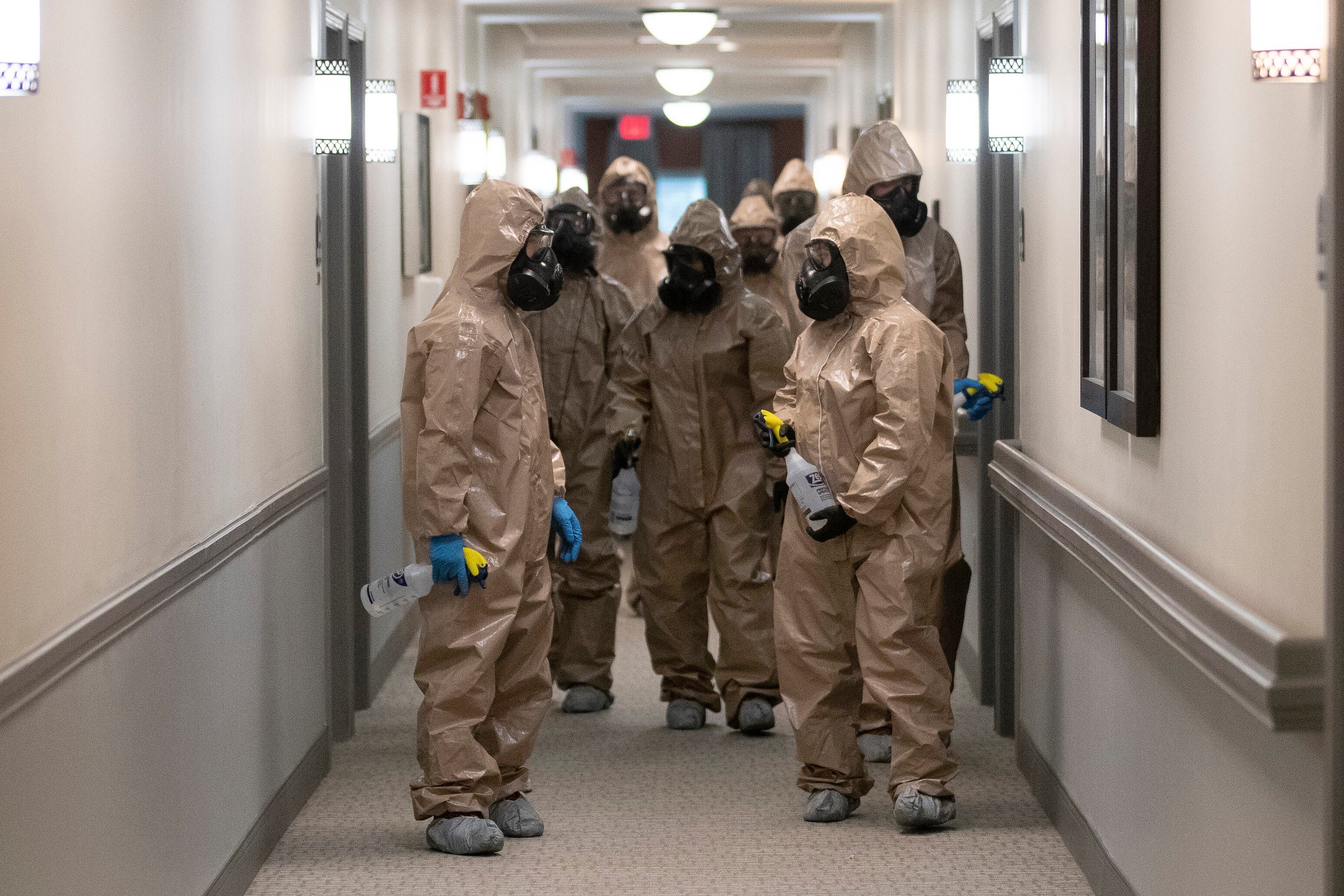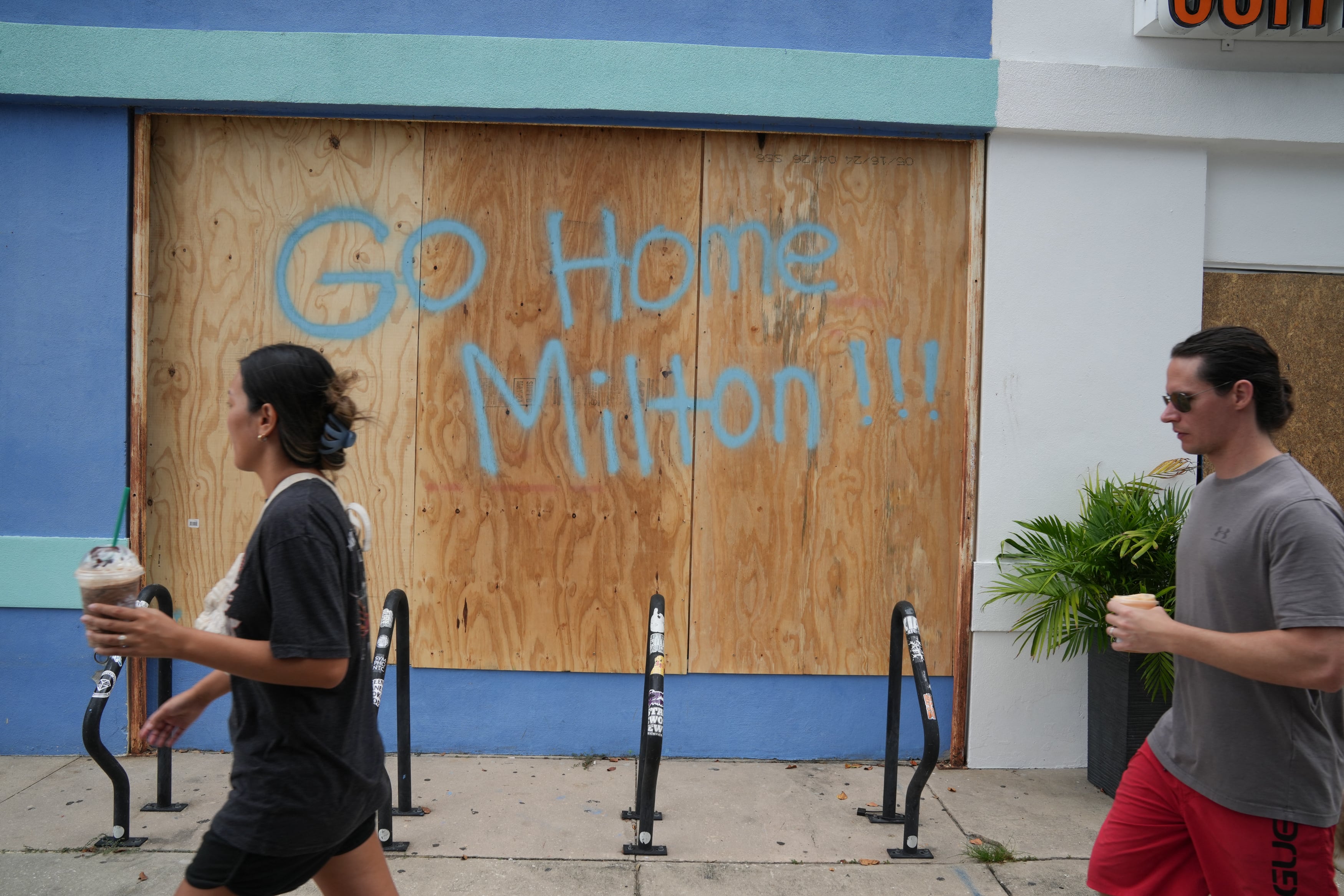By Nicky Forster,, Carla K. Johnson, and Mike Stobbe
Take the New York metropolitan area’s progress against the coronavirus out of the equation and the numbers show the rest of the U.S. is moving in the wrong direction, with the known infection rate rising even as states move to lift their lockdowns, an Associated Press analysis found Tuesday.
New confirmed infections per day in the U.S. exceed 20,000, and deaths per day are well over 1,000, according to figures from Johns Hopkins University. And public health officials warn that the failure to flatten the curve and drive down the infection rate in places could lead to many more deaths — perhaps tens of thousands — as people are allowed to venture out and businesses reopen.
“Make no mistakes: This virus is still circulating in our community, perhaps even more now than in previous weeks” said Linda Ochs, director of the Health Department in hard-hit Shawnee County, Kansas.
Elsewhere around the world, Britain’s official coronavirus death toll, at more than 29,000, surpassed that of Italy to become the highest in Europe and second-highest in the world behind the United States. The official number of dead worldwide surpassed a quarter-million, by Johns Hopkins' count, though the true toll is believed to be much higher.
The New York metropolitan area, consisting of about 20 million people across a region that encompasses the city's northern suburbs, Long Island and northern New Jersey, has been the hardest-hit corner of the country, accounting for at least one-third of the nation's 70,000 deaths. People across the densely packed region live practically on top of each other in apartment buildings and ride together on subways, buses and trains.
When the still locked-down metropolitan area is included, new infections in the U.S. appear to be declining, according to the AP analysis. It found that the five-day rolling average for new cases has decreased from 9.3 per 100,000 people three weeks ago on April 13 to 8.6 on Monday.
But subtracting the New York metropolitan area from the analysis changes the story. Without it, the rate of new cases in the U.S. increased over the same period from 6.2 per 100,000 people to 7.5.
The daily number of new deaths in the U.S. declined noticeably in recent weeks. But if the New York area is left out, deaths have essentially plateaued. The rolling five-day average outside the metro region for new deaths dropped slightly from 1.86 per 500,000 people on April 20 to 1.82 on Monday.
Testing for the virus in the U.S. has been expanded, and that has probably contributed to the increasing rate of confirmed infections. But it doesn't explain the entire increase, said Dr. Zuo-Feng Zhang, a public health researcher at the University of California at Los Angeles.
“This increase is not because of testing. It’s a real increase,” he said.
Pockets of America far from New York City are seeing ominous trends.
Deaths in Iowa surged to a new daily high of 19 on Tuesday, and 730 workers at a single Tyson Foods pork plant tested positive. On Monday, Shawnee County, home to Topeka, Kansas, reported a doubling of cases from last week on the same day that business restrictions began to ease.
Gallup, New Mexico, is under a strict lockdown until Thursday because of an outbreak, with guarded roadblocks to prevent travel in and out the town and a ban on more than two people in a vehicle. Authorities have been sending water tankers into town, hospital space is running short, and a high school gym has been converted into a recuperation center with 60 oxygen-supplied beds.
On Monday, one widely cited model from the University of Washington nearly doubled its projection of deaths in the U.S. from the coronavirus to around 134,000 through early August, with a range of 95,000 to nearly 243,000.
Dr. Christopher Murray, director of the institute that created the projections, said the increase is largely because most states are expected to ease restrictions by next week.
Without stay-at-home orders and similar measures, Murray said, “we would have had exponential growth, much larger epidemics and deaths in staggering numbers.” But cooperation is waning, with cellphone location data showing people are getting out more, even before their states reopen, he said.
“The rise in mobility in the last week to 10 days is likely leading to some transmission” of the virus, Murray said.
President Donald Trump, asked about the projections before he left on a trip to Arizona to visit a mask factory, disputed the accuracy of models in general. And he said keeping the economy closed carries deadly costs of its own, such as drug abuse and suicide.
“We have to get our country open,” Trump said.
Zhang said it worries him that the rate of new cases is increasing at the same time some states are easing up: “We’re one country. If we’re not moving in the same step, we’re going to have a problem."
He said he is particularly concerned about Florida and Texas, places where cases have been rising steadily and the potential for explosions seems high.
While death rates in places have been trending down, that could change as cases rise rapidly and hospitals become overwhelmed, he said.
In Europe, meanwhile, Britain said about 29,400 people with COVID-19 have died in hospitals, nursing homes, and other settings, while Italy reported just over 29,300 confirmed fatalities.
Both countries' counts are probably underestimated because they do not include suspected cases. Britain reported more than 32,000 deaths in which COVID-19 was either confirmed or suspected; a comparable figure for Italy was not available.
Even so, the rate of deaths and hospitalizations in Britain was on the decline, and the government prepared to begin loosening the lockdown.
A trial began in Britain of a mobile phone app that authorities hope will help contain the outbreak. The app, which warns people if they have been near an infected individual, is being tested on the Isle of Wight, off England’s southern coast. The government hopes it can be rolled out across the country later this month.
Many European countries that have relaxed strict lockdowns after new infections tapered off were watching their virus numbers warily.
“We know with great certainty that there will be a second wave — the majority of scientists are sure of that. And many also assume that there will be a third wave," said Lothar Wieler, the head of Germany’s national disease control center.
South Korea reported only three new cases of the virus, its lowest total since February. On Tuesday, the country's baseball season began, with no spectators allowed. In China, it has been three weeks since any new deaths have been reported in the country where the outbreak began late last year.
___
Associated Press journalists around the world contributed to this report.













